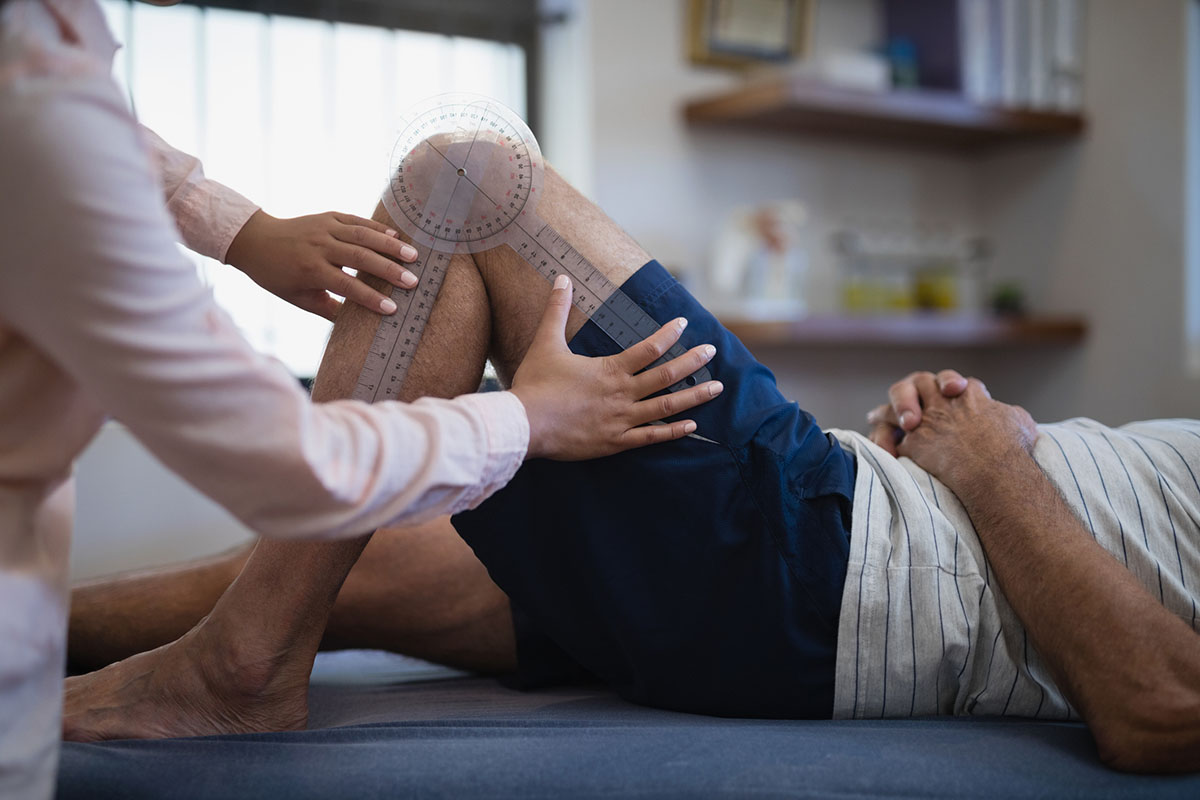Typically, chronic joint pain and other injuries have been treated with medications, physical therapy, or surgery. However, over the past several years, there has been a dramatic increase in the use of PRP therapy, and it has been found to be very effective in treating many different types of joint injuries.
Blood is made up of several components: plasma (the liquid), red and white blood cells, and platelets, which are known for their clotting properties. These platelets contain hundreds of growth factor proteins, which are a known mechanism in the healing of joint injuries. To make PRP therapy very reliable and effective, the platelet concentration is significantly increased. The treatment contains 5 to 10 times more growth factor proteins than the natural levels present in your body.
What Should I Expect?
In the first step of the treatment, the doctor will draw your blood. In the lab, they will separate all the blood components from the platelets, where they use centrifugation to increase the platelet concentration. The platelet cocktail is then mixed with some of the patient’s own blood; the injured area is locally numbed prior to re-injection. The procedure takes about one hour, including platelet preparation and recovery time. It does not require bed rest or hospital stays, and most people return to their jobs and activities in the same day. In many cases, PRP therapy is an effective alternative to invasive surgery. However, many athletes receive platelet injections after having joint surgery (or during surgery) to speed up the healing process and improve outcomes.
Conditions Successfully Treated with PRP Therapy:
- Back and neck injuries
- Tendonitis
- Sports injuries
- Ligament Sprains
- Tennis elbow
- Frozen shoulder
- Pelvic pain and instability
- Post-concussion syndrome
- Cervicocranial syndrome
- Ehlers-Danlos Syndrome (EDS)
- Labral tears of the hip and shoulder
- ACL, MCL, and meniscus tears
- Rotator cuff tears
- Osteoarthritis (knee, shoulder, hip, elbow, thumbs, and spine)
- Achilles tendonitis, plantar fasciitis, & foot and ankle pain
Recovery & Results
Improvement may be seen within a few weeks and gradually increases as the joint heals. Studies have confirmed definitive tissue repair in PRP therapy patients, proving effective in relieving pain returning injured patients to their normal lives. The speed of your recovery will vary depending on nutritional status, ability to heal, overall health, and the severity of the injury. PRP injections are administered on an individual basis; depending on your injury, you may require more than one session. Although small joints take one to four treatments, chronic back and neck injuries may require six to twelve sessions.
Upon your initial visit, Dr. Greenberg will do a complete medical and musculoskeletal examination. He will check for referred pain and determine if PRP is the best course of treatment for you. In addition, he will check for pelvic tilt or functional leg length discrepancy, an acquired condition in which one leg becomes slightly shorter than the other. This may not be evident in many cases but can lead to joint dysfunction in the spine, sacroiliac joint, hips, pyriformis, knees, and ankles. Dr. Greenberg pioneered a highly successful treatment for pelvic tilt in 1999 that is still widely used today.




